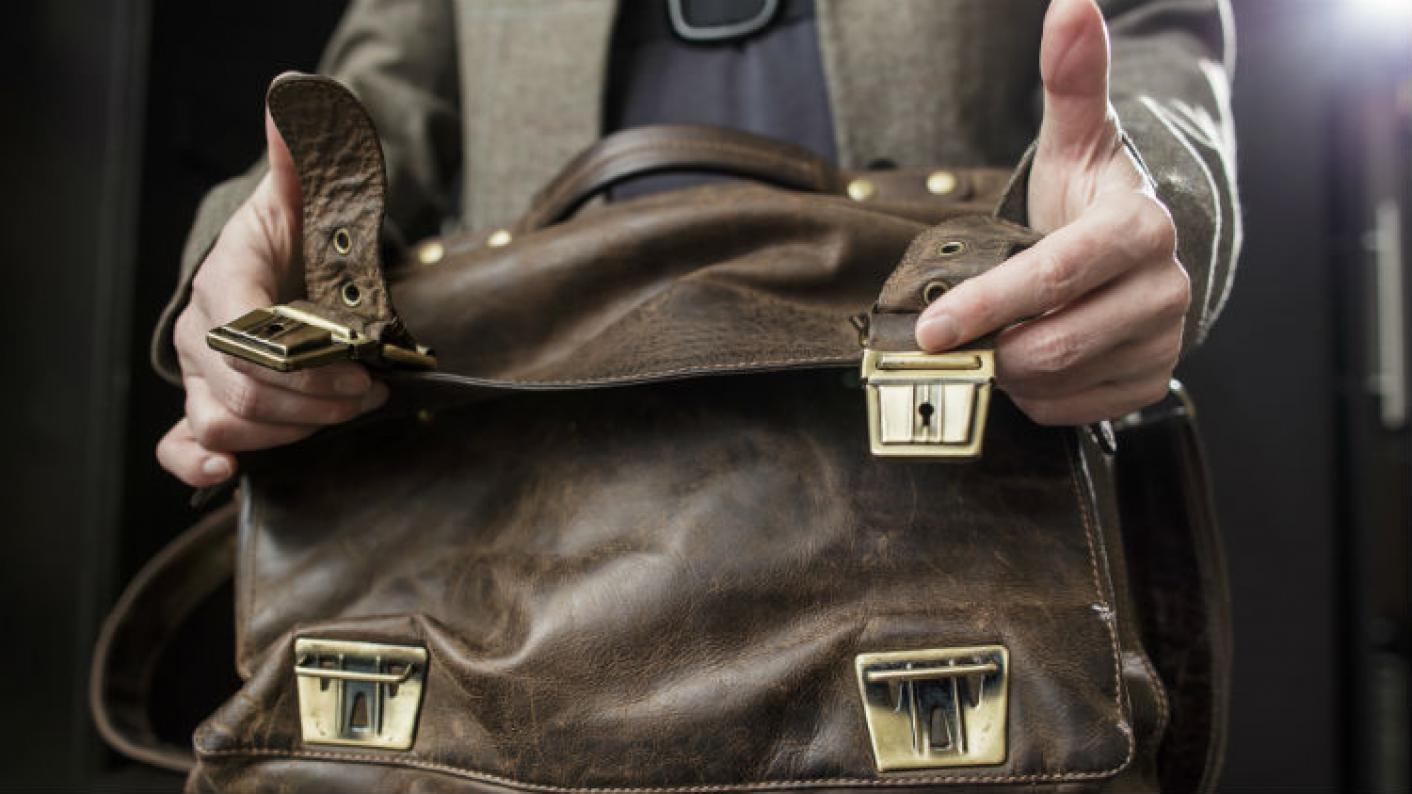1. Back-up lesson plans
Sometimes you will arrive and there will be no cover work. This, while unfortunate, is almost inevitable. Having a selection of ready-made lessons to hand will help you to succeed where others might fail!
If you are teaching primary, prepare a couple of lessons on the core subjects of literacy and numeracy. A good strategy for secondary teaching is to plan some subject-specific, skills-based lessons that are not connected to any particular curriculum topic. More generic lessons that will work across subjects, such as those revolving around a moral dilemma or group research task, can also come in handy.
Build in a couple of extension tasks and have some scaffolding materials ─ like keyword lists, sentence starters and task checklists ─ to make your lessons accessible for all.
For supply teacher lesson plans, check out our resources.
Find the latest supply teacher jobs
2. A set of pens
It is by no means a given that every student will bring a pen to school. And in an environment where you may not have access to school supplies, the simplest answer is to always carry a class set of pens with you.
To ensure that you get them back, wrap a numbered sticky label around each one and make a note on the whiteboard of each student who borrows a pen, with the corresponding number. At the end of the lesson, when students return the pens, you can let them wipe their name off the board.
It also doesn’t hurt to take a pack of board pens and an eraser with you, too. There’s nothing worse than finding the board covered in somebody else’s notes and having to wipe them off with your sleeve.
3. A noise-maker
This is anything that makes a noise, such as a bell or whistle. These can be very helpful in keeping control of a class, while also preserving your voice.
Use your noise-maker during group activities or discussions to signal to students that you would like them to be silent and listen to you. Explain the meaning of the sound at the start of the lesson to make sure that students understand what is expected.
4. Reward stickers
Many students respond well to reward stickers, particularly in primary schools.
Buy a few cheap and cheerful packs. Let students know that you have them and what you will award them for, linking them to specific behaviours. You can even create a sense of competition by announcing how many stickers you intend to give out at the end of the day and challenging students to make the cut.
Some supply teachers like to give a sticker to all students at the end of a day or lesson. I would advise caution here. While this might be useful for building rapport, you do want students to feel that their sticker is a reward and not just a default.
5. A soft ball
A small, cheap ball made of sponge might not seem like an obvious teaching tool, but it can be invaluable. You can use it in a number of ways, including by stating that whoever is holding the ball can speak, or it could be a sign for silence; if you hold the ball up you expect the class to be quiet.
6. An extension box
When it comes to extension tasks, students tend to view things differently if they have the option of picking one out of a sparkly box as opposed to reading one off the board or writing down one posed by the teacher.
Create your own "lucky dip" box of tasks by filling a box with slips of paper that have generic extension tasks written on them. These could include "translate your work into pictures" or "how would you explain what we have learned to an alien?"
7. Plenary dice
You can buy special plenary dice ─ large dice that have a different plenary-style question written on each side ─ online and use them to add a bit of excitement to the end of your lessons
However, you can also use a pair of normal dice and create a laminated list of 11 different plenaries. At the end of the lesson, invite a student to roll the dice and read out the corresponding plenary.
Plenaries could be such actions as "tell the person next to you three things you have learned from this lesson", "explain your learning today in 14 words" or "what three questions could you ask someone in this room to check their learning?"
For more plenary dice ideas, have a look at our resources.
Want to keep up with the latest career advice? Follow Tes Jobs on Twitter and like Tes Jobs on Facebook
